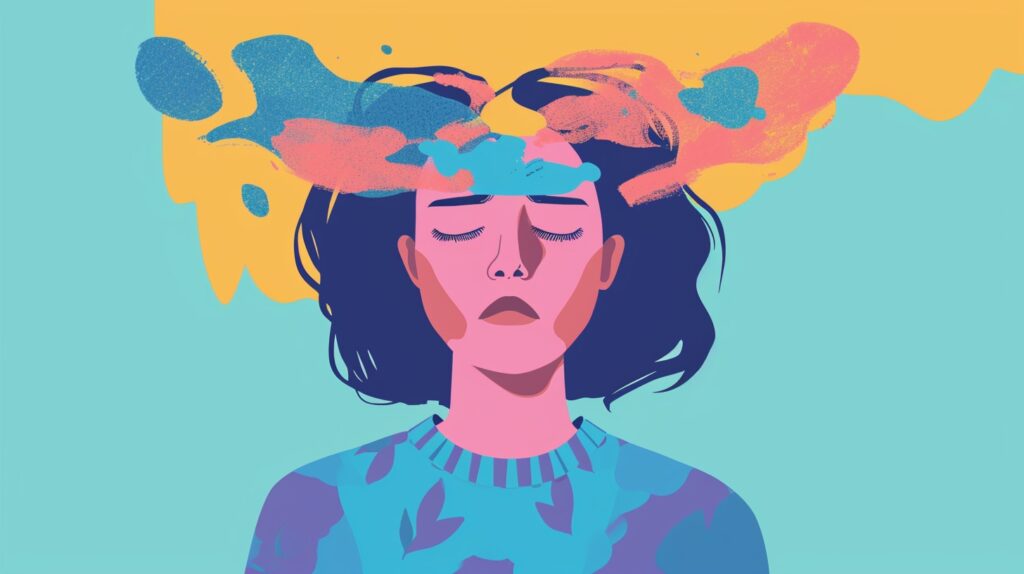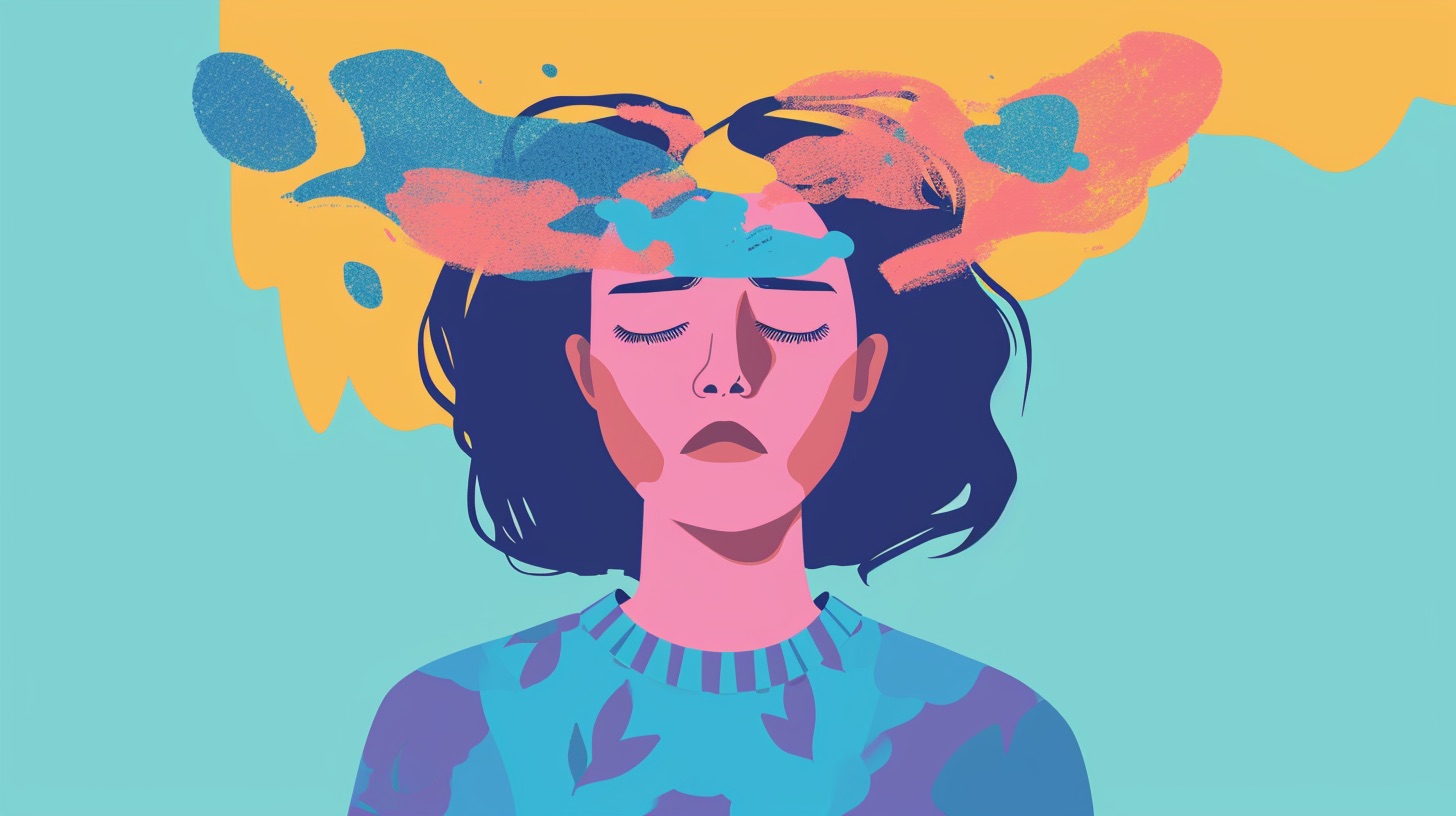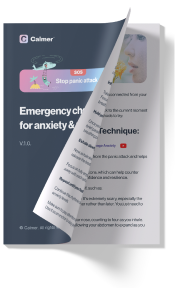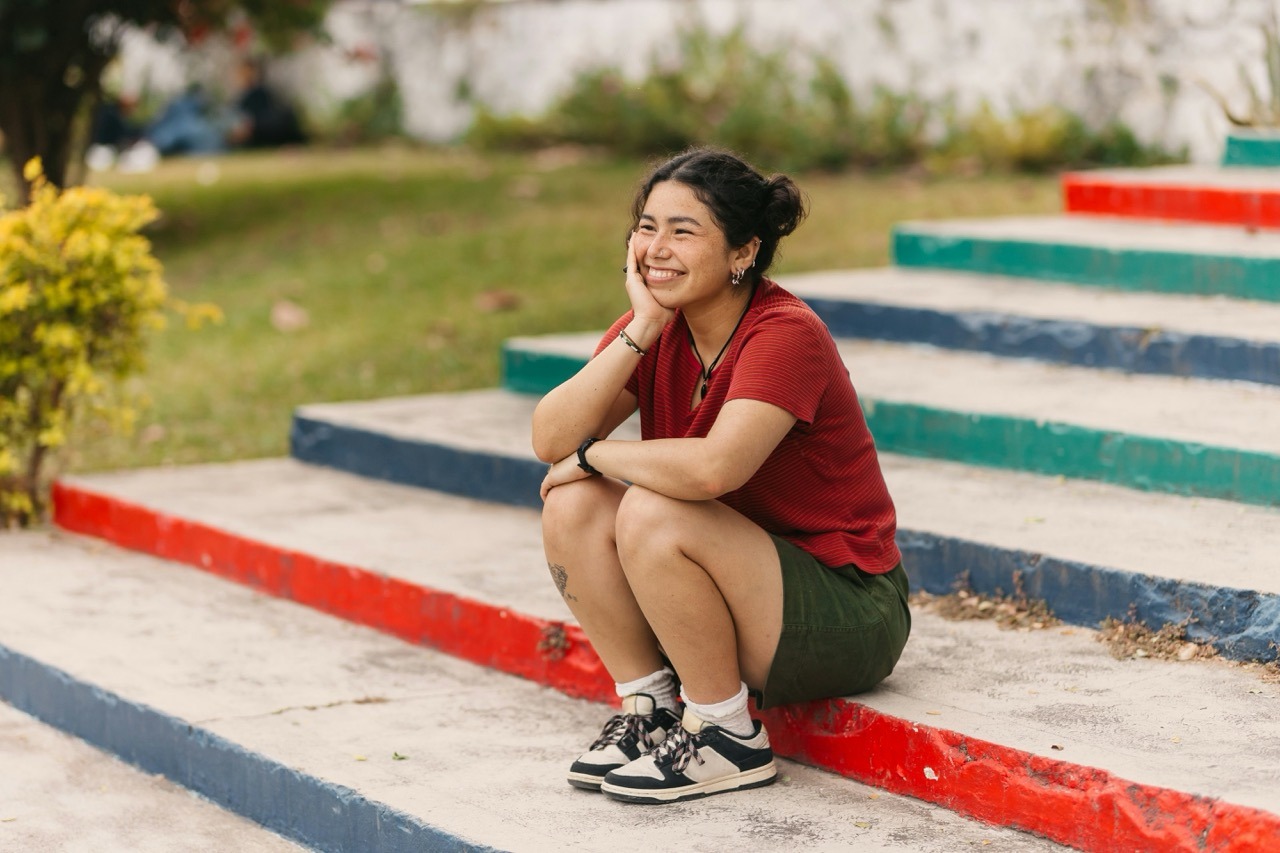Anxiety disorders affect millions of people globally, yet many feel alone. Fear not! Today, we break down the 6 common anxiety types in simple terms, including their symptoms and treatment methods.

1. Generalized Anxiety Disorder (GAD)
Generalized Anxiety Disorder is a common anxiety disorder characterized by persistent and excessive worry about various aspects of life, for example, health, work, or relationships. The worry is often disproportionate to the actual impact of the feared thing.
Symptoms:
- Constant, uncontrollable worry
- Restlessness or feeling on edge
- Difficulty concentrating
- Muscle tension
- Sleep disturbances
Treatment:
- Antidepressants (SSRIs, SNRIs) and possibly benzodiazepines for short-term relief
- Cognitive-behavioral therapy (CBT)
- Regular exercise, mindfulness practices, and ensuring healthy sleep and diet
2. Panic Disorder
Panic Disorder is characterized by recurrent, unexpected panic attacks—sudden onslaughts of intense fear or discomfort reaching a peak within minutes.
Symptoms:
- Heart palpitations, accelerated heart rate
- Sweating, trembling, or shaking
- Shortness of breath or feeling smothered
- Fear of losing control or impending doom
Treatment:
- Cognitive-behavioral therapy (CBT)
- Medications like selective serotonin reuptake inhibitors (SSRIs)
- Lifestyle modifications
3. Phobias
Phobias are an intense, irrational fear of specific objects, situations, or activities. The fear is disproportionate to the actual danger it poses.
Common Types:
- Agoraphobia: Fear of being in situations where escape might be difficult or help might not be available
- Social Phobia (Social Anxiety Disorder): Intense fear of social situations due to fear of scrutiny or judgment by others
Treatment:
- Treatments include exposure therapy
- Cognitive-behavioral therapy (CBT)
4. Social Anxiety Disorder
Social Anxiety Disorder is characterized by an intense fear of being negatively judged or evaluated in social situations. This is more than just shyness; it can be debilitating and affect one’s ability to function in daily life.
Distinction from shyness:
- Shyness is a personality trait; social anxiety is a debilitating condition
- Social anxiety involves intense fear, avoidance of social situations, and significant distress
Treatment:
- A combination of psychotherapy, particularly CBT
- Medication such as SSRIs or beta-blockers
5. Obsessive-Compulsive Disorder (OCD)
OCD involves unwanted, intrusive thoughts (obsessions) and repetitive behaviors (compulsions) that the individual feels driven to perform.
Symptoms:
- Obsessions, for example, fear of germs, needing things orderedly
- Compulsions, for example, excessive cleaning or repeatedly checking things
Treatment:
- CBT
- Exposure and response prevention (ERP)
- Medication like SSRIs.
6. Post-Traumatic Stress Disorder (PTSD)
PTSD is a mental health condition triggered by experiencing or witnessing a terrifying event. Symptoms include flashbacks, nightmares, severe anxiety, and uncontrollable thoughts about the event.
Triggers:
- War and combat exposure
- Natural disasters
- Serious accidents
- Personal assaults or abuse
Treatment:
- Psychotherapy, including CBT and Eye Movement Desensitization and Reprocessing (EMDR)
- Medications, such as SSRIs and Prazosin, for nightmares
- Self-care practices and support groups
If you want to learn more about mental health and anxiety in particular, please check out our app called Calmer, which helps manage anxiety and panic attacks with science backed methods and techniques. You can also check out our blog where we cover a wide range of topics related to anxiety, depression, stress, and more.




